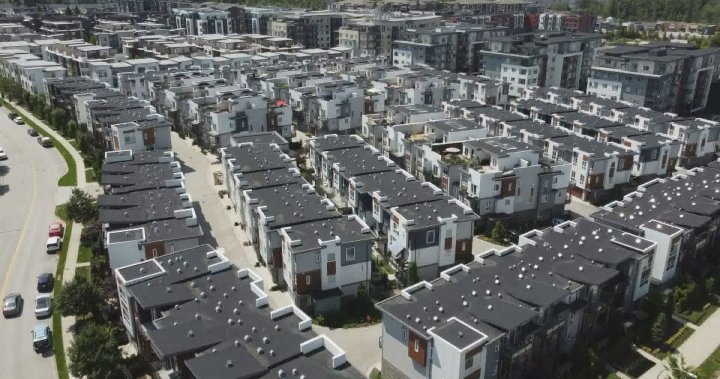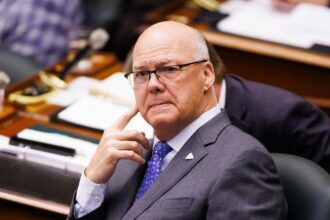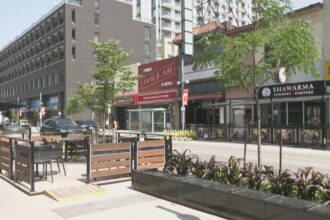In the shadow of Vancouver’s gleaming skyline, a troubling paradox unfolds: thousands of condominium units sit vacant while desperate house-hunters face bidding wars and soaring rents. New data reveals that across Metro Vancouver, approximately 23,000 condo units remain unoccupied as the region grapples with one of North America’s most severe housing affordability crises.
“We’re seeing entire floors in luxury developments where the lights never come on,” explains urban housing analyst Meredith Chen. “These aren’t just statistics—they’re potential homes that could immediately alleviate pressure on our strained housing market.”
The vacancy phenomenon spans the region but concentrates heavily in downtown Vancouver, Coal Harbour, and emerging luxury markets in Burnaby and Richmond. According to the latest BC Assessment data, roughly 6.7% of the condominium stock sits unused—a figure that translates to housing that could accommodate approximately 35,000 residents.
The situation represents a complex interplay of market forces and investment strategies. Foreign and domestic investors continue to view Vancouver real estate as a stable asset class, often preferring to leave properties vacant rather than navigate British Columbia’s tenant protection regulations. While the provincial Empty Homes Tax has generated over $115 million in revenue since implementation, critics argue it hasn’t sufficiently discouraged the practice.
“The economics still favor vacancy for certain investors,” notes Raymond Wong, financial economist with the Fraser Institute. “When you’re looking at appreciation rates of 8-12% annually in prime neighborhoods, a 3% vacancy tax becomes simply the cost of doing business.”
Municipal governments across Metro Vancouver have implemented various measures to address the issue. Vancouver’s Empty Homes Tax, recently increased to 5% of assessed value, stands alongside provincial speculation taxes. However, enforcement challenges persist, with detection mechanisms relying heavily on electrical usage data and neighborhood reporting.
The human impact of this vacancy crisis manifests in multiple dimensions. Young professionals like Samantha Trudeau, a 32-year-old healthcare worker, exemplify the struggle: “I’ve been searching for six months. I have a solid income but keep getting outbid. Meanwhile, half the units in the building I want to live in sit empty. It feels fundamentally broken.”
Housing advocates point to potential solutions beyond taxation. Thomas Ferguson, director of Affordable Housing BC, suggests: “We need to consider more creative approaches—perhaps converting portions of commercial real estate to residential use, implementing stronger incentives for renting vacant units, or exploring community land trusts.”
The provincial government recently announced plans to review the effectiveness of vacancy taxes and potentially introduce additional measures targeting underutilized housing stock. Housing Minister David Eby emphasized the administration’s commitment to “using every tool available” to increase housing supply and affordability across the region.
Real estate development continues at a brisk pace throughout Metro Vancouver, with thousands of new units under construction. However, housing experts warn that without addressing the vacancy issue, simply building more won’t necessarily translate to improved affordability.
“Construction costs and development fees get passed along to buyers,” explains Janelle Lam, real estate economist at Simon Fraser University. “Without ensuring these units actually house people rather than sitting as investment vehicles, we’re potentially exacerbating rather than solving the problem.”
As winter approaches, the contrast between dark, empty condominiums and the growing homeless population raises profound questions about priorities and policies. With housing affordability consistently ranking as voters’ top concern in recent polling, the political pressure to address this disconnect continues to mount.
As Metro Vancouver confronts these challenges, the fundamental question remains: in a region where housing is increasingly viewed as a commodity rather than a basic need, can policy interventions effectively rebalance the scales, or will thousands of empty homes continue to stand as monuments to a profound market failure?










